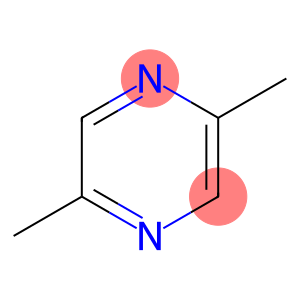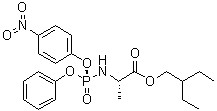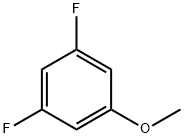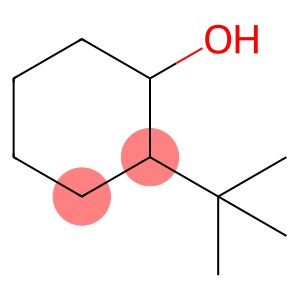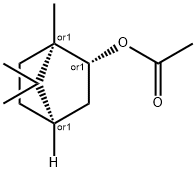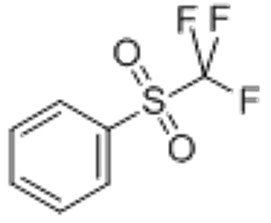2-5-Dimethyl pyrazine(CAS#123-32-0)
| Risk Codes | R22 – Harmful if swallowed R36/37/38 – Irritating to eyes, respiratory system and skin. |
| Safety Description | S26 – In case of contact with eyes, rinse immediately with plenty of water and seek medical advice. S36 – Wear suitable protective clothing. |
| UN IDs | NA 1993 / PGIII |
| WGK Germany | 3 |
| RTECS | UQ2800000 |
| TSCA | Yes |
| HS Code | 29339990 |
| Hazard Note | Irritant |
Introduction
2,5-dimethylpyrazine is an organic compound. The following is an introduction to the properties, uses, preparation methods and safety information of 2,5-dimethylpyrazine.
Quality:
2,5-Dimethylpyrazine is a colorless to light yellow crystal with a special smoky, nutty, and coffee aroma.
Use:
Method:
The preparation of 2,5-dimethylpyrazine can be carried out by a variety of methods. A common method is to obtain the target product by ammonolysis of thioacetylacetone followed by cyclization. In addition, there are other synthesis methods, such as nitroation of carbon compounds, reduction of acyl oxime, etc.
Safety Information:
2,5-Dimethylpyrazine is relatively safe for humans and the environment under normal use conditions
- When in contact with the skin and eyes, it may cause irritation and inflammation, and precautions should be taken when using it, such as wearing protective gloves and goggles.
- Avoid inhaling gases or dust during handling, as prolonged inhalation may cause respiratory irritation.
- Contact with oxidants and strong acids should be avoided when storing to avoid dangerous reactions.
- When disposing of it, dispose of it in accordance with relevant regulations and avoid direct discharge into the environment.


